Announcing the BigCommerce Buy Button: A New Way to Sell In More Places
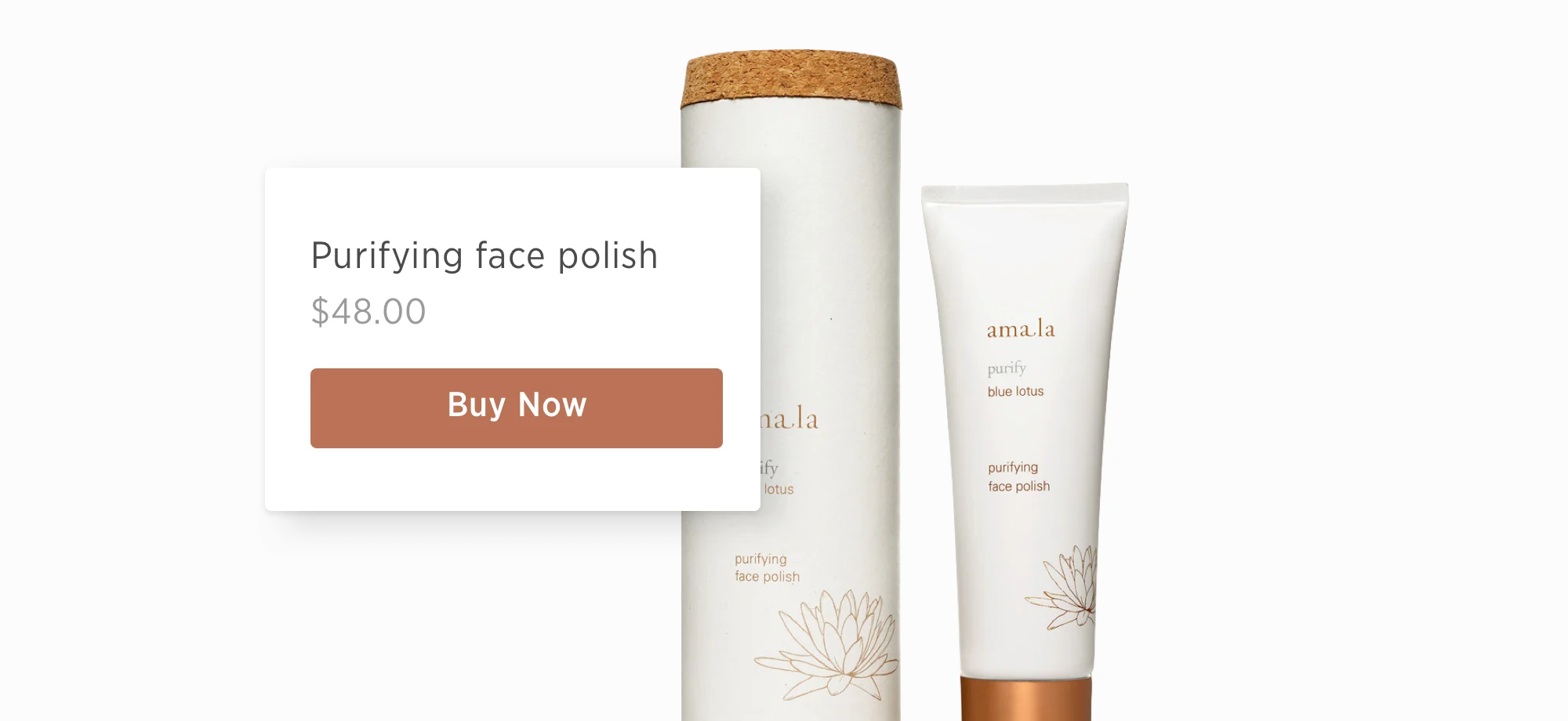
Generating demand is among the most important aspects of selling online, and the most successful brands are also those which optimize for sales across a variety of touchpoints.
Whether it be through email campaigns, advertising or content marketing, brands must find a way to entice shoppers to buy – with their brand and at that moment – more so than ever before.
Today, we’re excited to share a new way BigCommerce merchants can make marketing campaigns even more successful — the BigCommerce Buy Button.
Why We Built a Buy Button
In 2015, there were a slew of announcements about Buy Buttons, which press wrote about as the next evolution of ‘social commerce.’
Fast forward 2 years and Buy Buttons haven’t yet taken off on social media, and brands continue to look for new, creative ways to sell products off-site –– making marketing campaigns and content more shoppable with less friction in the purchase process.
In those two years, it became clear that there was a need for a consolidated Buy Button brands themselves could own and launch. Giving brands the power, allows them to:
Execute on campaigns more quickly, through both owned and third-party channels
Standardized reporting on Buy Button success across their company
Allow for various marketing and sales channel owners to use and launch buy buttons as needed
Customize Buy Button purchasing funnel flows as necessary for the campaign and in line with individual brand standards
This follows the same logic as any emerging industry. At first, there are a disparate amount of options which later conglomerate into only a few, the most useful winning the lion’s share.
When it comes to Buy Buttons, that market is still relatively untapped –– forcing store owners and online marketers to use a variety of buttons across a variety of platforms with mixed reporting and analytics data to prove value.
Our engineers set out to fix that.
Install the BigCommerce Buy Button
With a single click, BigCommerce customers can begin using the Buy Button right now.
A Buy Button Built for Customization and Analytics
Today, BigCommerce’s Buy Button officially launches within Channel Manager. Already, more than 400 online stores have installed the button and begun using it. We’ve interviewed many of them, worked through bugs and are now confident that the BigCommerce Buy Button is ready for the world.
From a user perspective, the flow to create a card, button, or link is very intuitive. Plus, I love all the options already built-in. Having those customizations already there is really important because a lot of other platforms that have options to embed iframes are cookie-cutter. The amount of options on BigCommerce’s Buy Buttons is what really caught my attention at first.
For example, having the option to put Google tracking analytics or UTMs on it is really important to me. Honestly, inputs like that just plain make sense –– otherwise you wouldn’t be able to track success.
– Kyle Glaser, Founder and CEO, Parkway.tv
The BigCommerce Buy Buttons allow shoppers to buy individual products right from your blog, website, emails and more. Now, you can make mini shopping experiences outside of your BigCommerce store to sell on other websites, in emails, through ads and on your own site, as needed.
Learn More About the Buy Button
Choose your variants, edit your text and drop in the card, button or link anywhere! Learn more here.
This button is unlike those you will find elsewhere on the web –– whether it be on social media, in an email platform or even on another ecommerce platform provider.
First and foremost, they allow you to choose how you want to link the button. You can choose between:
A card
A button
A link
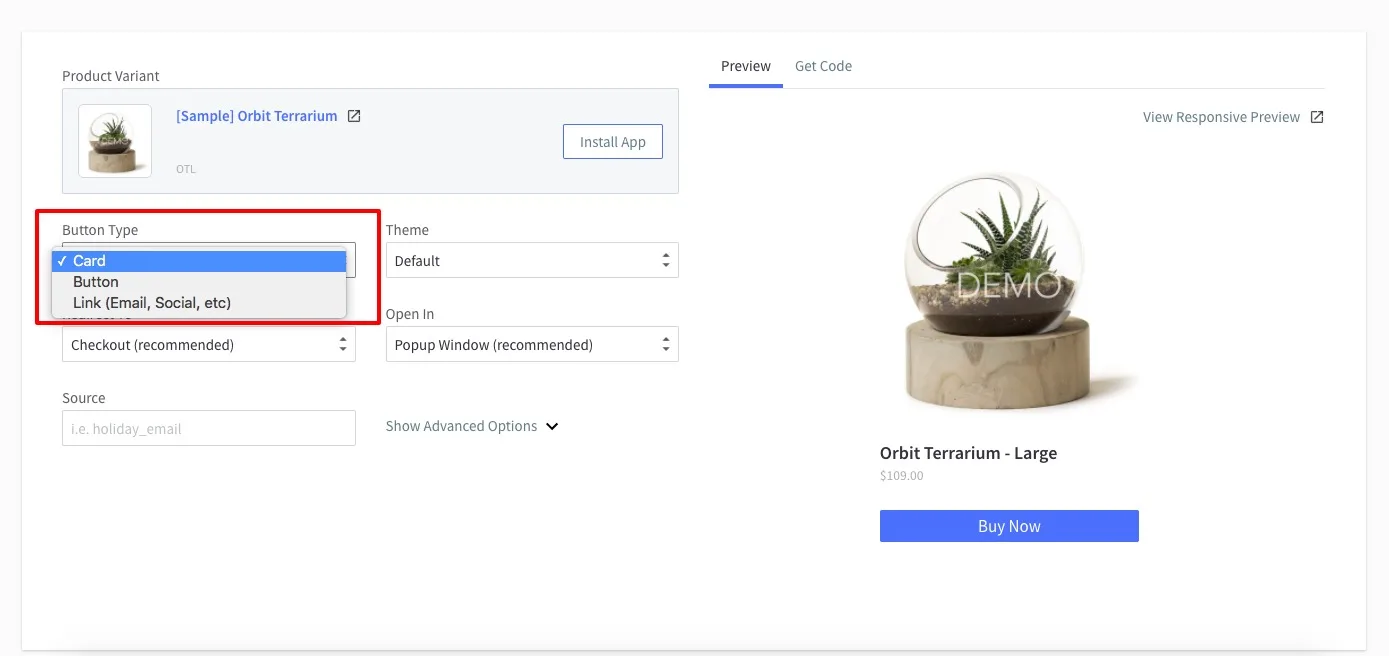
From there, you can choose to send those who click on the card, button or link either to:
Checkout page
Shopping cart
Product page
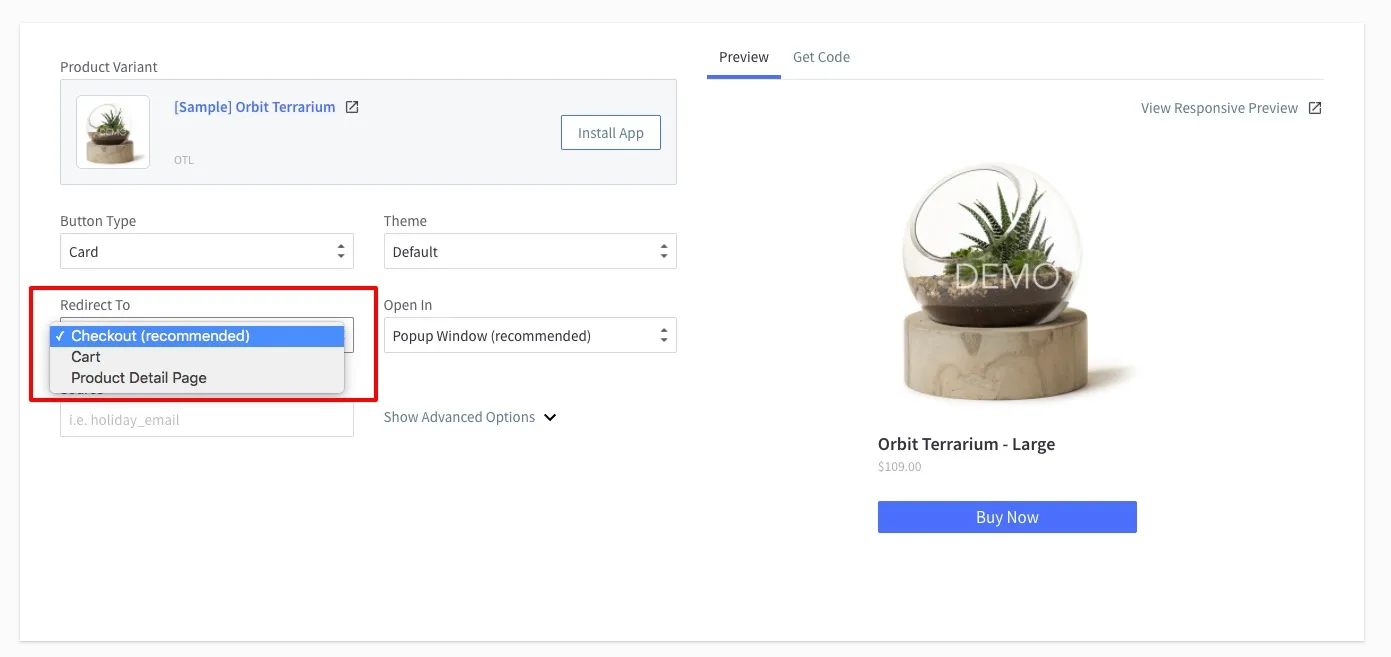
For the card and button options, you can choose to open the page in a pop-up window, on a new tab or in the same tab. In addition, you can add a UTM source code to track the performance of your Buy Buttons in both your BigCommerce and Google Analytics.
In BigCommerce, it will show up here:
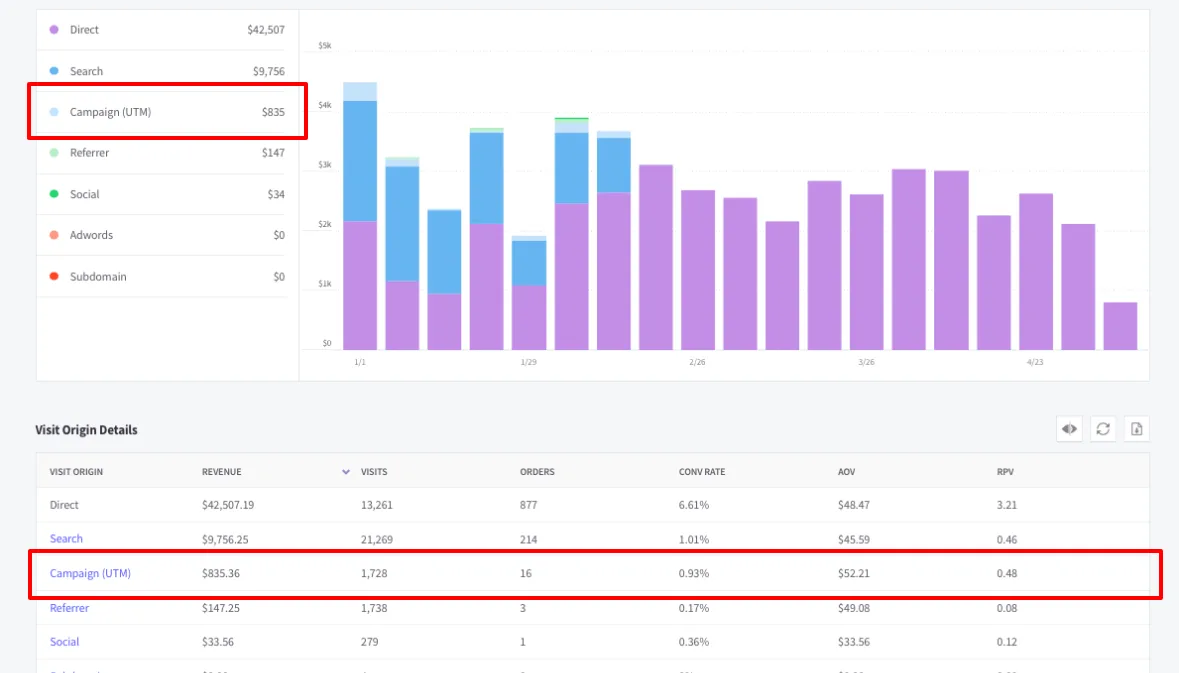
And then you can dive deeper into that campaign tab, here:
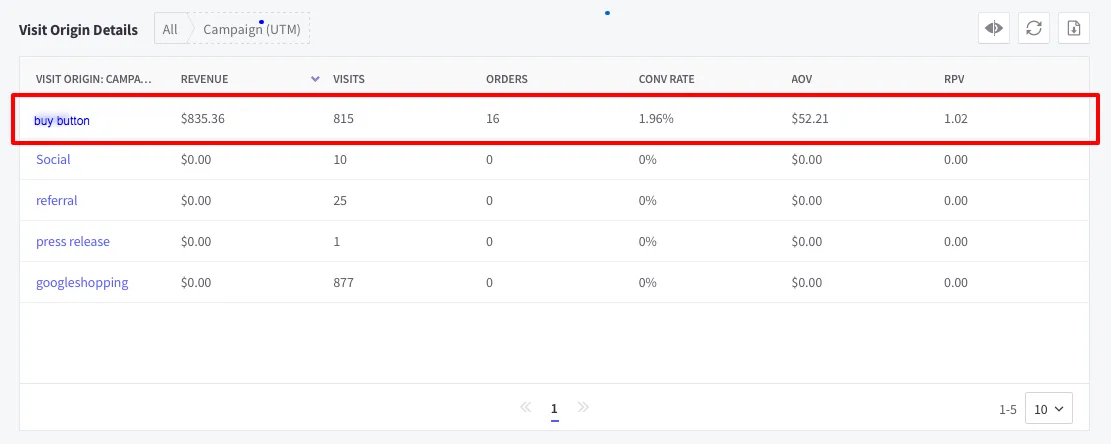
Example of how your Buy Button campaign UTM would appear on the backend.
In addition, Buy Button conversion will soon appear in the store performance dashboard, and will display orders that come from direct-to-checkout links (which you can choose as you set up your buy button).
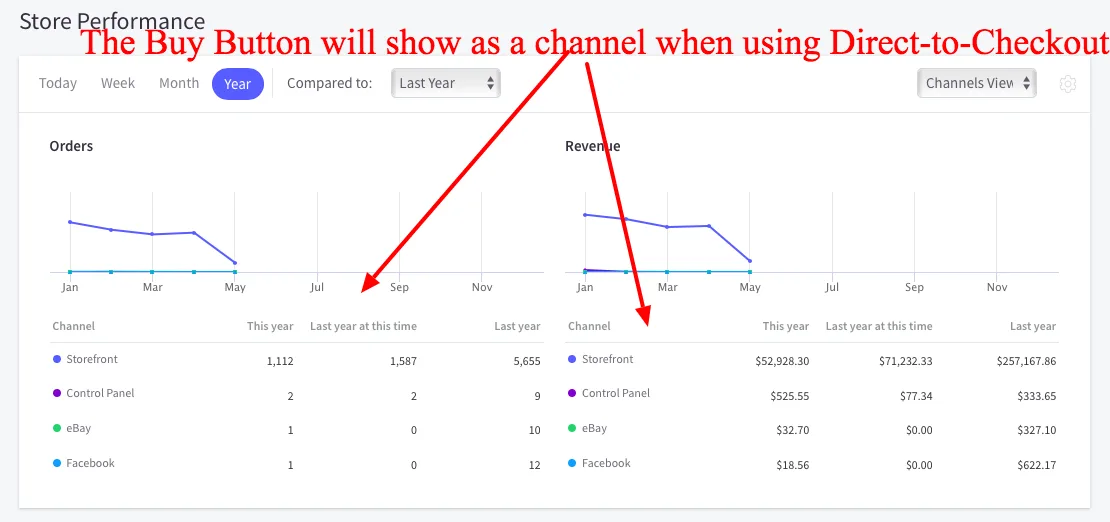
Advanced Buy Button Customization and Analytics
Beyond the basic UTM tagging, button-type choice and UX flow, we’ve also built in advanced features to allow for further customization to match your brand and better sync with your Google Analytics for goal and conversion tracking.
Take a look at how quickly I was able to customize the button just by playing around with it.
The Google Analytics ID is where you will input your Google Tracking ID to track traffic, clicks and conversion on the button. Here is how you find your tracking ID:
Sign in to your Analytics account.
Click Admin.
Select an account from the menu in the ACCOUNT column.
Select a property from the menu in the PROPERTY column.
Under PROPERTY, click Tracking Info > Tracking Code.
Your tracking ID and property number are displayed at the top of the page.
Information about tracking apps is displayed under Mobile app tracking – Using the SDK.
The tracking-code snippet for your website is displayed under Website tracking.
The Google Analytics ID on the BigCommerce Buy Button now saves between sessions on the same device, so you only have to input it once.
User-Level Access and Usage
At first install, the Buy Button is only available for account owners to use. You can edit this and allow additional members of your team to create their own buttons, cards or links as needed.
The Store Owner can create / delete users and grant permissions from Account Settings › Users under Single-Click Apps.
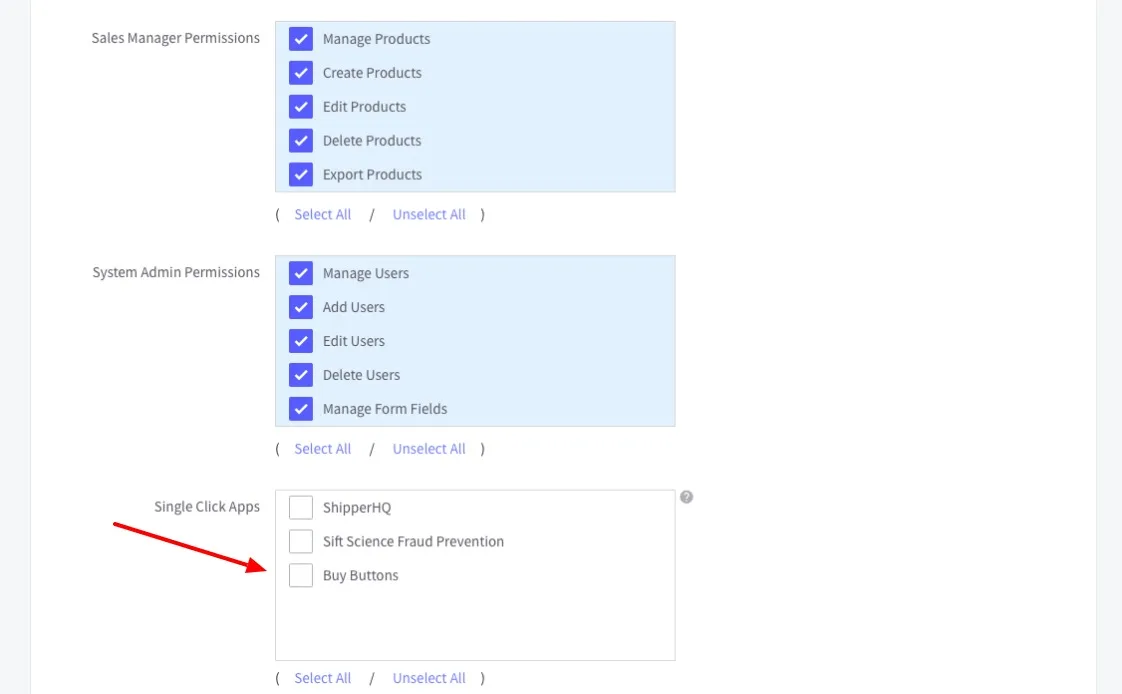
Install the BigCommerce Buy Button
With a single click, BigCommerce customers can begin using the Buy Button right now.
Where and How to Use the BigCommerce Buy Button
There are a variety of use cases for the BigCommerce Buy Button and a few best practices for each. The most common ways the 412 brands already using the button are implementing it are:
Email campaigns
Blogs
Affiliates, Influencers and Press
AdRoll
Here are exactly how to use the BigCommerce Buy Buttons in each use case above, and recommended best practices.
Buy Buttons + Email Campaigns
Because email providers vary on how they serve up iFrames, we do not recommend you use the Button or Card option in any of your emails. If you do, it is likely that many of your customers will not see the button, and instead will see a blank space.
This is true even if the button shows up and works well in preview. This isn’t an iFrame issue, it is a permissions issue on the side of the user in their email account.
That said, you can use the Buy Button link option in your email CTA to push people directly to product page, cart or checkout page. Many email management systems, like MailChimp, provide their own buttons that you can customize, so all you need to do is drop in the BigCommerce generated link, and you’ll achieve a streamlined customer checkout experience.
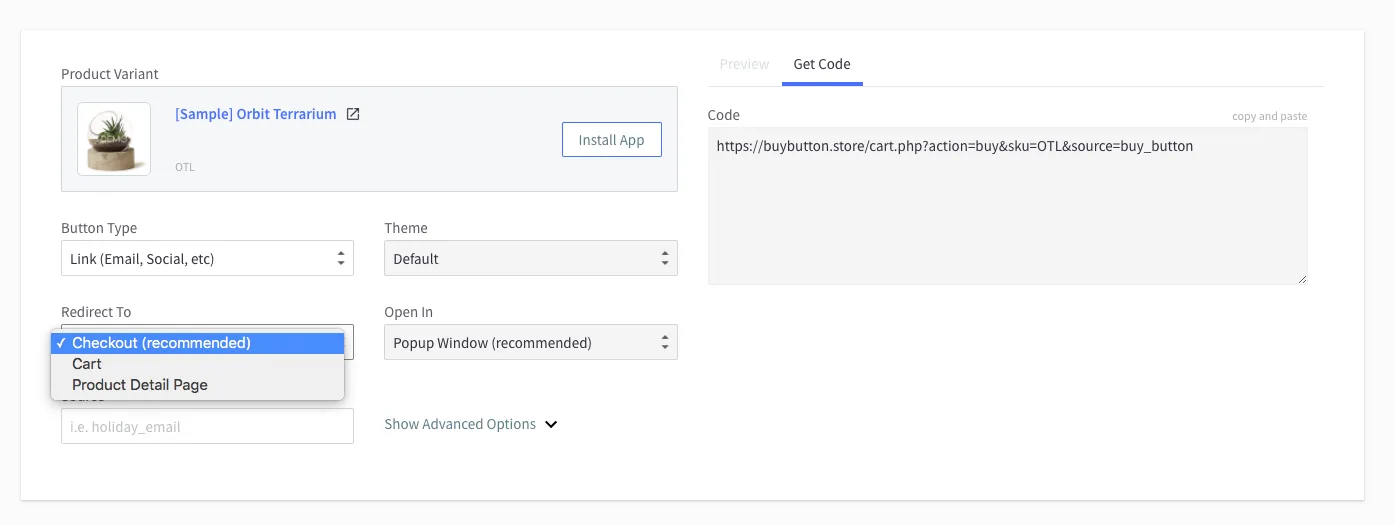
Depending on the ultimate goal of your email campaign, you may want to use various customer flows.
Checkout: Send customers direct to checkout if you are pushing customers to buy a single product “Right Now.” If you are using urgency or scarcity to drive up conversion, this is a good quick-to-checkout option, think flash sales, holiday sales, or “Only a Few Left in Stock!”
Cart: Send customers direct to the shopping cart if you are looking to increase AOV from a particular customer cohort. For instance, if you have a Free Shipping offer running on banners across your site for orders over $100, send an email campaign that links to cart –– showing customers they only need $20 more of product to hit the free shipping threshold. You can easily set this up in the discount tab on your BigCommerce backend.
Product page: Send customers direct to product page if you are introducing a new product, want to show off social proof or trying to drive additional traffic to a product page. Note that you may lose customers along the journey to conversion by starting higher in the funnel with this option. That said, if the customers are relatively new to your brand, this is a good option.
Remember, the best performing email campaigns only have 1 or 2 CTAs. Use the link within a CTA button provided through your email provider to track performance on your Google and BigCommerce Analytics.
What Sending 100 Million Emails Taught Me About What Doesn’t Work
Noah Kagan details what works –– and what doesn’t –– when it comes to email marketing engagement.
Buy Button + Blog
The publishing industry has long had trouble working to monetize their efforts in the new digital age. Similarly, ecommerce brands have struggled to focus on content marketing efforts that don’t equally show off their product and push people back to conversion.
The transition between on-site content and checkout is often fraught with difficulties (and a bunch of various touchpoints that lose customers along the way).
With the BigCommerce Buy Button, you can eliminate that on your own blog and focus more on content marketing to drive traffic and increase your search engine ranking.
For this tactic, you can use any of the Buy Button options:
Button
Card
Link
You may even want to use various versions.
Some brands have used the Button option to advertise mentioned products throughout and at the end of posts. Here’s an example from the DVE Store:

You can also use the linking option to link out to products exactly where they are mentioned in posts, allowing the reader to click-to-purchase and strengthening your domain with interlining.
The Content Strategy to 3x Sales
Buy Buttons + Affiliates, Influencers or Press Linking
Many online brands use affiliates, influencers or the press to grow online awareness and push new customers to the site. The most important part of this type of work is being able to track the number of click-throughs and conversion in order to:
Compensate affiliates or influencers properly
Determine which outlets work best for the brand (and then invest more heavily in those areas)
This is where the UTM source and Google Analytics ID can be especially helpful. By giving influencers, affiliates and interested press the link to a product with these tracking mechanisms in place, you can track success across both your BigCommerce and Google Analytics.
The link option is most recommended here, but customer journey flow you use again depends on your desired outcome and audience.
Direct-to-checkout: This option is most useful when working with affiliates and influencers who send you the most qualified, ready-to-checkout traffic.
Direct-to-cart: This option is most useful for affiliates and influencers who send higher-funnel customers potentially looking for a Free Shipping or Discount offer at cart level.
Product page: This most useful for press gift guide round ups, where consumers are still top of funnel and new to your brand, wanting to get to know you and your product before adding to cart.
Ecommerce CTAs for Every Part of Your Funnel
CTAs to drive sales no matter where a customer is in the buying journey.
Buy Buttons + AdRoll
Because of the built-in tracking mechanisms and the tracking mechanisms you can install on your site on the BigCommerce backend, you can use the links within AdRoll campaigns and track performance across those campaigns.
What are AdRoll campaigns?
AdRoll campaigns are ads placed across the web to drive customers back to your site. You can use them to:
target net new customers
retarget site visitors
retarget existing customers to drive up AOV and lifetime loyalty
To add the AdRoll pixel to your BigCommerce site (which will track performance of the ads), you can install it in either the Google Analytics box in the BigCommerce control panel or the Footer Scripts box on Stencil if you are using a Stencil theme.
The Google Analytics Box in BigCommerce
You can find more information on how exactly to set this up here.
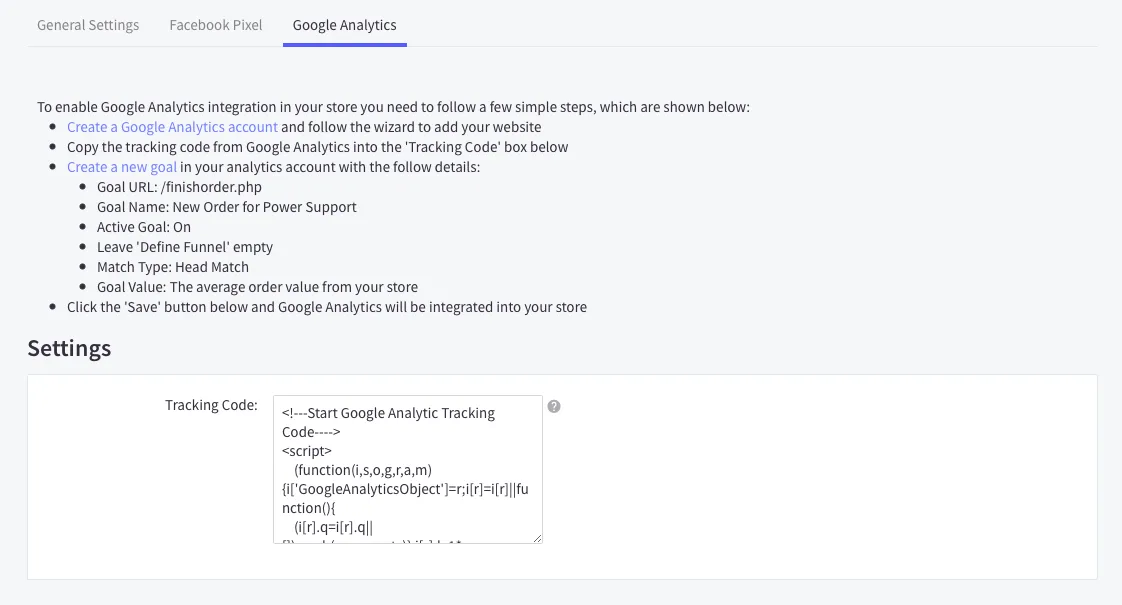
Footer Scripts on Stencil (Recommended)
This will enable the code to render on all pages on the site. You can find more information on exactly how to set it up here.
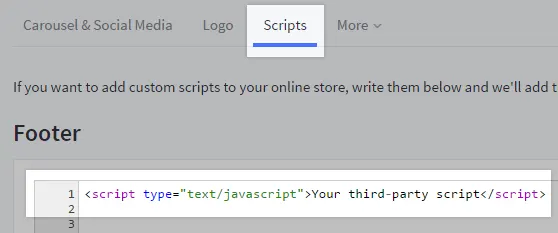
Get 542% Return on Ad Spend
PPC strategies and optimization advice from the experts over at Tinuiti.
Final Word
We are dedicated to helping online merchants sell more through online, and we firmly believe that proper tracking and measurement across channels is fundamental to achieving success.
That’s why built-in analytics were so essential for our Buy Buttons. It is also why we felt so passionate about creating a Buy Button that could be used across channels, despite various limitations. This is why the Buy Buttons allow a card, button or link type.
Our goal is to always help you sell more, more strategically and more successfully. All BigCommerce customer can install the app here to begin using it, for free.
Happy selling!
Install the BigCommerce Buy Button
With a single click, BigCommerce customers can begin using the Buy Button right now.
Want to learn more about the many ways you can customize your BigCommerce webstore and features? Check out the 43 BigCommerce secrets the fastest growing brands are using right now.

Tracey is the Director of Marketing at MarketerHire, the marketplace for fast-growth B2B and DTC brands looking for high-quality, pre-vetted freelance marketing talent. She is also the founder of Doris Sleep and was previously the Head of Marketing at Eterneva, both fast-growth DTC brands marketplaces like MarketerHire aim to help. Before that, she was the Global Editor-in-Chief at BigCommerce, where she launched the company’s first online conference (pre-pandemic, nonetheless!), wrote books on How to Sell on Amazon, and worked closely with both ecommerce entrepreneurs and executives at Fortune 1,000 companies to help them scale strategically and profitably. She is a fifth generation Texan, the granddaughter of a depression-era baby turned WWII fighter jet pilot turned self-made millionaire, and wifed up to the truest of heroes, a pediatric trauma nurse, who keeps any of Tracey’s own complaints about business, marketing, or just a seemingly lousy day in perspective.


